Xuanzang and the Silk Route
China as we know is a great civilization and Xuazang's (who is popularly known as Hsuan-tsang) visit to Indian was a great event. The noted Chinese traveler and Buddhist pilgrim, Xuanzang, reached Indian in AD 630, having undertaken arduous journey across central Asia. A Chinese emperor called him "the jewel of the empire." Nearly fourteen years of his life (from AD 630 to AD 644) were spent visiting Buddhist temples and monasteries, cities and places of interest in the Indian subcontinent. He was a keen observer of men and affairs. Apart from being a devout monk, he has left behind a fascinating and authentic account of India's history, geography, economy, and society of the times when King Harsha (AD 606-47) ruled over Northen India. This volume contains articles on the life and achievement of Xuanzang. Dharmamaster Xuanzang came to India particularly in search of Buddhist texts which were not available in China. He studies his favourite text Yogacarabhumisastra under the famous teacher Shilabhadra of Nalanda. He was a great recorded of historical sites of the Silk Route. His description of the Silk Route countries in Afghanistan and Gandhara are valuable for the political and cultural history of these lands. The study of bamiyan monasteries and colossal Buddhas have inspired Art historians to make a thorough study of the Cultural history of Afghanistan.
The articles in this present volume show; through wide range of studies, not only Xuanzang's love and knowledge of Buddhism, but only an account of various countries and their cultural heritage.
Get it now and save 10%
BECOME A MEMBER

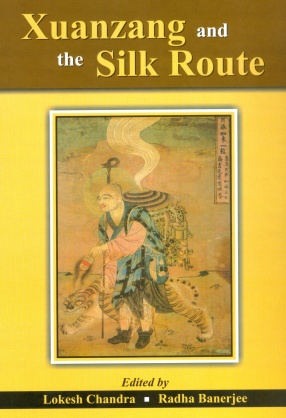
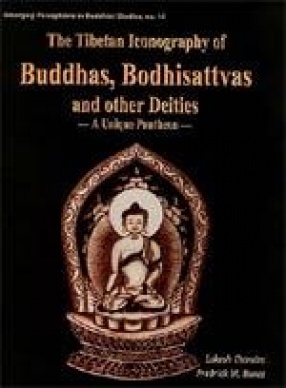
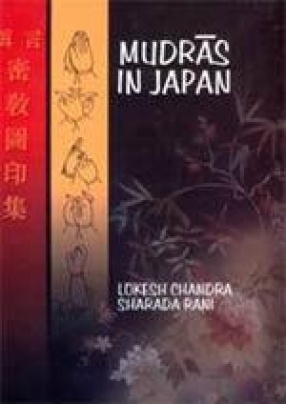
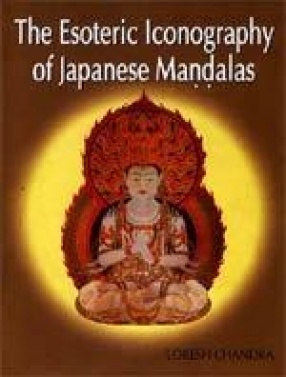

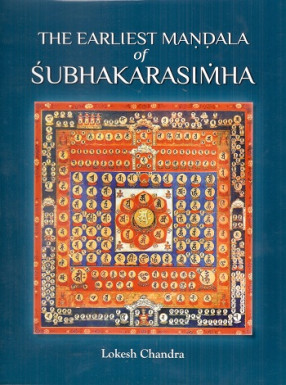
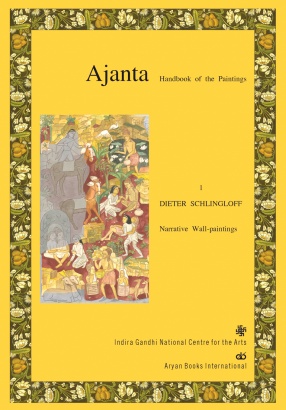
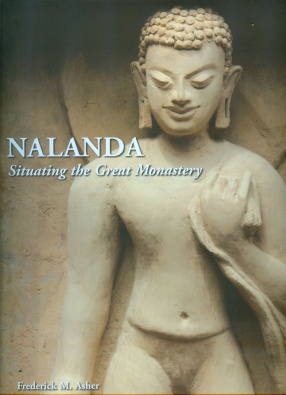
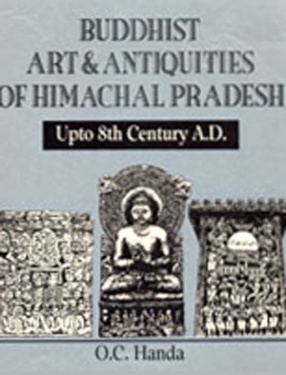

Bibliographic information
Radha Banerjee